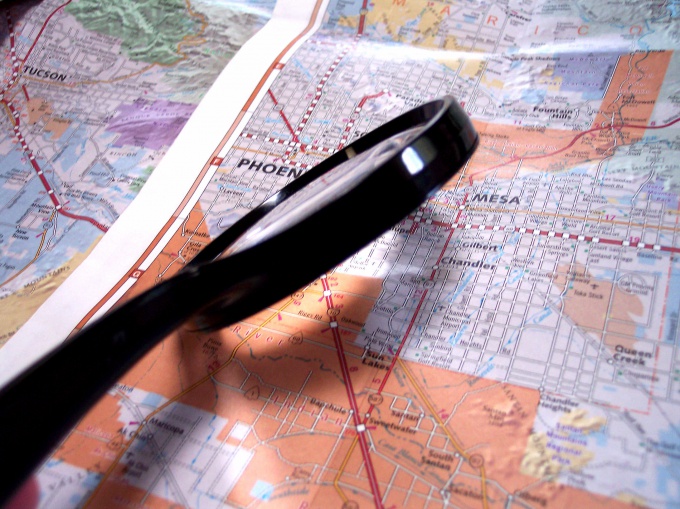You will need
- The map of the desired region
- Census data in this region
- Devices for area measurement
- Questionnaires
Instruction
1
When you say that the area is densely populated, it means that in this area of high density population, that is, one square kilometer there is a large number of residents.
2
To calculate the density of the population, it is first necessary to determine the actual area of the territory. This can be done on the map, measure the desired area and using the scale calculate the area of the real territory is the site. If you need to calculate the density of the population in a small area, like a village, summer village or city block, you can simply measure it using the surveying compass, pegs and ropes. Pegs and rope is limited to the desired area, and then conducted measurements. First, check in with local authorities, where are the boundaries of the district or village, and then calculate the area based on these data.
3
Calculate or find information how many people live in the area. This will require data from the latest census of the population. You can use the data published in the directory, but then you have to ensure that the directory was the newest of all. If you want to determine the density of the population, say, in your neighborhood, you can conduct a telephone survey to count the number of residents.
4
Now that you know both, you can go to calculating density. You know the total number of the population in the area, and know the size of the territory. It remains only to calculate how much the average person lives in a unit area. Most often the unit square take the square kilometer. So, take the number of the population N and divide it by the area S, resulting in the density of the population M:
M=N/S.
M=N/S.
5
Don't be surprised if the result of the calculation you get fraction. This means that 1 person has 2, 3 or more square meters. For example, the density of the population of one of the regions of Canada is 0.01 persons/km2.
Note
To obtain data on the number of population is not necessary to use the data of the passport. In the passport office there is information about how many people registered on this site. But man does not always live at the place of registration. For a very rough calculation would fit the data.
